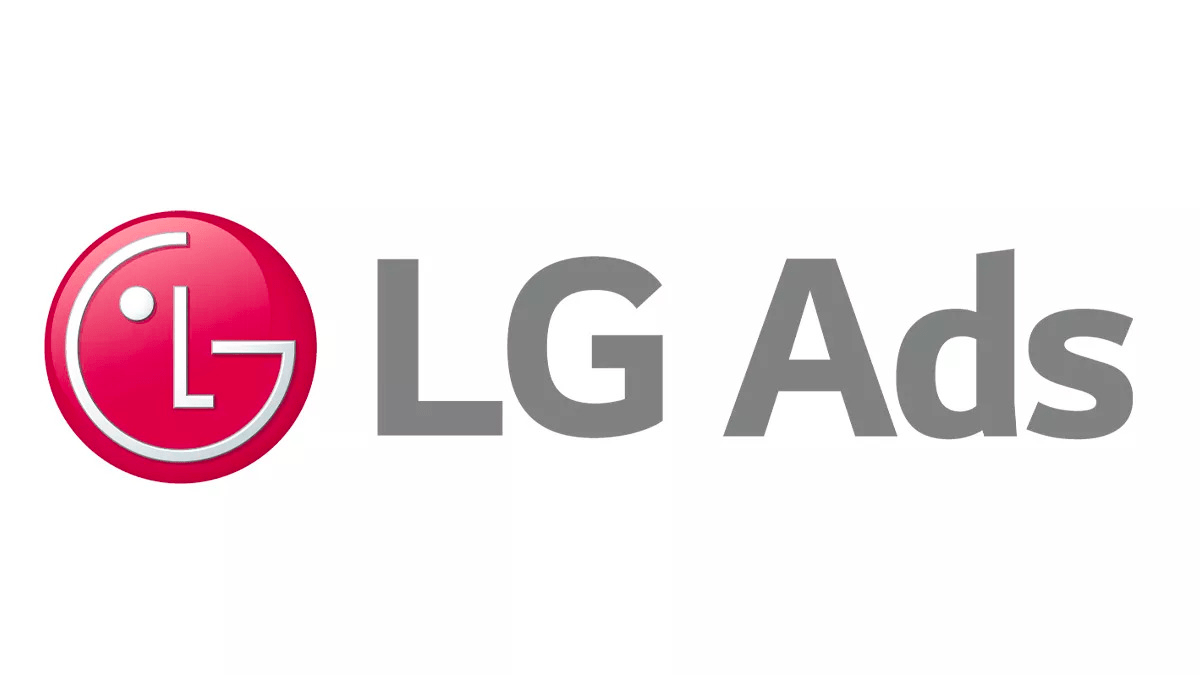The AdTech landscape is in continuous evolution. Some tectonic shifts are underway, which could redefine how publishers connect audiences and better monetize their content. Still, one truth in this advancing landscape remains unchanged: content is still king. However, gone are the days when publishers could rely solely on traditional display ads and third-party cookies. These new times call for more agile, subtle, and sensitive approaches that enable adjustment for consumer expectations and regulatory issues at will.
Join us as we explore the future of AdTech and what it means for the publishing world.
Key Trends Shaping AdTech in the next 12 months
Privacy-First Innovations Take Center Stage
The AdTech industry is witnessing an aggressive swing toward privacy-centric solutions. On 4 January 2024, Google began testing new privacy settings and retired third-party cookies from Chrome on 1% of its users to herald the end times of the third-party cookie.
In focus is the need for consent by the user. Websites should still be able to give clear information regarding the tracking technologies in use, their providers, purposes, and how long they will collect data. First-party data strategies have now captured much attention, enabling publishers to establish direct, privacy-friendly relationships with their audiences.
AI Integration Revolutionizes Digital Marketing Strategies
AI is actively reshaping digital marketing on many fronts:
- Chatbots are enhancing customer service and engagement levels.
- Customer segmentation and personalization are becoming more sophisticated.
- The level of accuracy reached in ad targeting and optimization is unprecedented.
- Content creation is becoming increasingly efficient and tailored.
- SEO strategies are gradually becoming a function of AI-driven insights.
These AI-driven innovations are offering more efficient, personalized, and effective campaign options to marketers.
Video Advertising Dominates Campaign Formats
Videos have become the silver bullet in marketing strategies. 98% of marketers now consider important. The impact is clear. Up to 82% of consumer purchase decisions evoke the influence of marketing videos. A rapidly growing market trend is short-form videos (Reels, TikToks, Shorts), which retain 50% of viewers when they are under 90 seconds long. This can drive significant revenue for publishers and media brands, with ad earnings from short-form videos projected to surpass $10 billion.
Connected TV (CTV) Propels Programmatic Growth
CTV is on a roll and promises new and unparalleled levels of engagement. CTV ads enjoy a 94% completion rate on viewers compared to PCs—74% and mobile phones—69%. With such high levels of engagement, the growth in the CTV ad market seems inevitable.
Beyond traditional programmatic advertising, the Free Ad-Supported TV (FAST) market in the US is projected to double, reaching $4 billion in 2023. CTV, the fastest-growing segment in TV today, offers publishers a golden opportunity to diversify their revenue streams and engage audiences in new, highly captivating formats.
Diversity and Inclusion Drive Advertising Evolution
Consumers are increasingly valuing brands demonstrating a commitment to diversity and inclusion. This shift is reflected most in how consumers act toward brands and show loyalty to them. 57% of all consumers generally tend to be more loyal to brands that are actively working on equity in society. The effect is much greater in terms of younger demographics, where 70% of Gen Z report that they have more trust when they see diversity represented in ads. Advertisers are subsequently having to be more inclusive with their campaigns to really strike a chord with an audience base that has become so diversified.
Publisher Imperatives
Embracing Privacy-First Revenue Strategies
Third-party cookies are close to being fully deprecated; therefore, privacy-first revenue strategies are even more critical for publishers. Strong first-party data approaches and contextual advertising solutions are center stage. Publishers must develop a direct relationship with their audience, create a transparent consent management system, and utilize that consensual data for relevant ads.
Leveraging AI for Enhanced Audience Engagement
AI can help publishers engage better with their audiences and optimize operations. AI-driven analytics can be used by publishers to understand audience preferences, predict the performance of content, and automate ad placement. Applications range from personalized recommendations and dynamic paywalls to automated content creation.
Expanding Content Formats and Distribution Channels
Content strategies will need to go beyond just the traditional formats, and publishers will be required to adopt a “Phygital” (Physical + Digital) approach: this is of huge importance to publishers seeking to address different audiences across multiple formats and content types. It may entail multimedia content—podcasts and videos—or new fast-developing platforms such as social media and mobile apps. It may also include experience production using AR/VR or live events that transcend the digital-physical divide.
Orchestrating Seamless Cross-Platform Experiences
Publishers engage audiences at multiple touchpoints, making seamless cross-platform experiences core. The idea is to provide a joined-up experience that is both coherent and consistent but plays to the strengths of each channel. This will call for underpinning by unified customer data platforms, complementary cross-platform content strategies, and data-driven optimization of the user journey.
Prioritizing User-Centric Design and Functionality
Publishers should emphasize optimizing performance, intuitive navigation, and the display of curated content to ensure it is accessible on all platforms. And this should be continuously improved upon regularly on user feedback. The more satisfactory the user experience, the more engaging the interactions—in fact, begging for longer visits, repeat traffic, and closer audience ties.
Publisher Advantages
Precision in Ad Delivery and Relevance
The quality of the content has very much the upper hand in a race to relevance. According to Semrush, 79% of business owners reported an improvement in the quality of content due to AI-backed tools. This superior quality, combined with improved targeting, is what leads to more accurate ad placement and can engage audiences to drive better performance for advertisers and much less intrusion for users.
Elevated User Engagement Metrics
Through embracing innovative technology and focusing on user experience, founders can hugely increase their key engagement metrics: conversion rate, pages-per-session, average session duration, etc. Higher engagement supports the publisher’s relationship with his audience and eventually attracts more advertisers who want active and interested users.
Expanded Revenue Streams and Monetization Opportunities
According to HubSpot, short-form videos have the highest ROI of 31%, followed by image ad formats at 22%. Again, reiterating that the use of AI increased the ROI by an average of 70%. These statistics prove that diversification in content offering and harnessing AI in commissioners for maximizing returns show great potential in creating varieties of sustainable revenue streams for publishers.
Optimized User Journey and Satisfaction
Advanced analytics and AI-driven personalization allow for more seamless and intuitive user journeys. Overlaying publishers’ knowledge of user preferences and behaviors to drive intelligent content recommendations, on-site navigation that’s more straightforward, and quick page load times all contribute to increasing user satisfaction, loyalty, and engagement with content and advertising.
Strengthened Trust Through Transparency and Security Measures
Publishers that emphasize transparency and robust security can build more confidence with audiences in a world where privacy concerns are continuing to grow. Clear messaging concerning data use, strict privacy controls, and ad fraud prevention measures are all examples of this. It’s about building trust with users and advertisers over the long term, which in turn will allow for sustained relationships.
Publisher Challenges
Tackling Falling eCPMs in an Oversaturated Market
Basically, there is a flood of digital advertising inventory, driving down effective Cost Per Mille (eCPMs). One of the bigger problems across many countries is the higher-than-usual inflation. Tightening of the advertiser and customer purse strings because of financial difficulties means that budgets for advertising start decreasing. This oversupply drives ad rates down, making it very hard for publishers to keep up with revenue. To offset that, publishers will need inventory differentiation, advanced audience targeting, and the development of premium ad experiences.
Yield Optimization
While yield optimization tools and ad exchanges are important, optimization itself is much more than the technology. Publishers must understand and drive supply-demand dynamics concerning their ad inventory. That ranges from advanced tech to utilizing better data, content alignment, audience segmentation, and unique value creation for an advertiser.
Balancing User Experience with Ad Monetization
One of the biggest challenges has been how to maximize ad revenues without hurting the experience of the user. The aggressive placement of ads may quickly yield money but risks long-term user engagement and loyalty. This presents the challenge of coming up with innovative ad formats and placements that organically embed within content, maintain site performance, and adhere to user preferences, but still realize revenue targets.
Investing in New Technologies and Skills
As disruptive technologies in the digital sphere continue to evolve at breakneck speeds—think AI, ML, and advanced analytics—publishers must be smart about where they put their money to make sure those investment decisions align with long-term strategy and provide some real return. This also includes reskilling or hiring talent with special expertise.
Competing with Large Tech Platforms
Publishers need to fight for ad dollars against technology giants, especially Google, Facebook, and Amazon. Both are very difficult to compete with in terms of broad reach and sophisticated targeting capabilities. If they want to offer deeper engagement vis-à-vis strictly niche, highly valuable audience segments that technology giants can’t match, then publishers must fall back on their speciality audiences, high-quality content, and first-party data.
Conclusion
AdTech is evolving at breakneck speed—both challenging and offering opportunities for publishers. Success in this new era comes from privacy-first strategies, AI, diversified content, and user experience. Publishers are best positioned in this time to triumph by balancing innovation and user trust, technology, and quality content.
Stuck with siloed teams, and no way to get transparent views of important KPIs? YuktaOne empowers end-to-end automation across advisement and revenue operations to provide real-time insights across display, video, and mobile assets. Contact YuktaMedia today for a demo and see how you can unlock your potential in that cutthroat publishing world.




 Talk to a Media ERP Specialist
Talk to a Media ERP Specialist

















